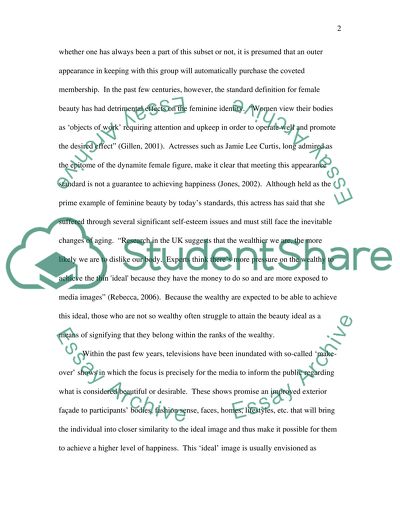Cite this document
(“Defining Beauty Essay Example | Topics and Well Written Essays - 1500 words”, n.d.)
Retrieved from https://studentshare.org/environmental-studies/1420056-defining-beauty
Retrieved from https://studentshare.org/environmental-studies/1420056-defining-beauty
(Defining Beauty Essay Example | Topics and Well Written Essays - 1500 Words)
https://studentshare.org/environmental-studies/1420056-defining-beauty.
https://studentshare.org/environmental-studies/1420056-defining-beauty.
“Defining Beauty Essay Example | Topics and Well Written Essays - 1500 Words”, n.d. https://studentshare.org/environmental-studies/1420056-defining-beauty.


